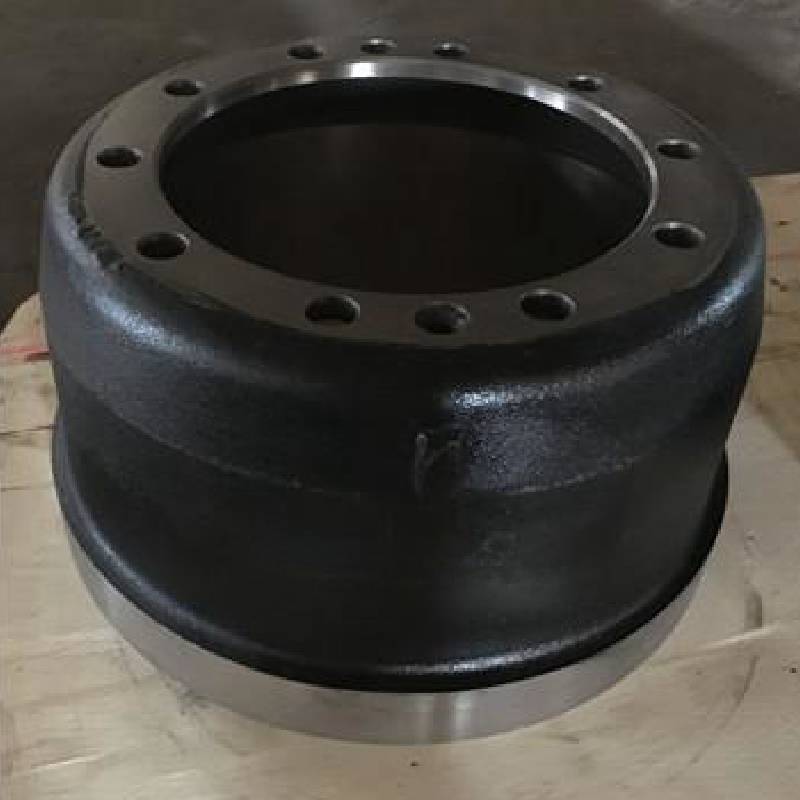Dec . 13, 2024 06:43 Back to list
Analyzing Patterns of Wear in Brake Drums for Enhanced Vehicle Performance
Understanding Brake Drum Wear Patterns Insights and Implications
Brake drums are critical components of a vehicle's braking system, yet their wear patterns often go unnoticed until significant damage occurs. Understanding these wear patterns is essential for vehicle maintenance, safety, and performance. This article delves into the factors influencing brake drum wear, common wear patterns observed, and their implications for vehicle maintenance and safety.
Factors Influencing Brake Drum Wear
The wear of brake drums is affected by several variables, including driving habits, the quality of brake components, and the environment in which the vehicle is operated. Aggressive driving—characterized by rapid acceleration and hard braking—exerts more stress on brake components, leading to accelerated wear. Similarly, using low-quality brake shoes or pads can result in uneven surfaces that do not make proper contact with the drum, exacerbating wear.
Environmental factors also play a significant role. Vehicles subjected to wet or muddy conditions may experience faster wear due to hydraulic forces and dirt buildup that can affect braking efficiency. Additionally, frequent short trips do not allow the brakes to heat adequately, which may lead to moisture retention and subsequent corrosion.
Common Brake Drum Wear Patterns
Brake drum wear can manifest in various patterns, each indicating specific issues within the braking system. The most common wear patterns include
1. Scoring This is characterized by grooves or scratches on the surface of the drum. Scoring is often a result of debris caught between the brake shoes and the drum or from the use of worn-out brake components. Scoring can lead to increased friction, noise, and reduced braking efficiency.
brake drum wear patterns

2. Chatter Marks These are small, circular patterns that appear on the surface of the drum. Chatter marks usually result from improper installation of brake components or misalignment. They can create a pulsating sensation when braking, indicating the need for inspection and possible adjustment.
3. Belly Wear Also known as ovalization, this pattern occurs when the drum becomes uneven due to heat expansion or incompatibility with brake components. Belly wear can lead to poor contact between the shoe and drum, resulting in decreased stopping power and increased wear on the brake shoes.
4. Cracking Overheating due to excessive braking can cause cracking in the drum. This condition is severe and can lead to complete brake failure if not addressed promptly. Cracked drums must be replaced immediately to ensure safety.
Implications for Maintenance and Safety
Recognizing and understanding these wear patterns is crucial for maintaining the braking system's efficiency and safety. Regular inspection of brake components, including drums, shoes, and fittings, is essential for identifying early signs of wear. Mechanics often recommend replacement of brake drums when the wear exceeds manufacturer specifications, which typically involves measuring drum thickness and inspecting for scoring and irregularities.
Furthermore, drivers should be educated about their driving habits. Adopting smoother driving practices and ensuring the vehicle is equipped with quality parts tailored for specific driving conditions can significantly extend the life of brake components.
In conclusion, brake drum wear patterns serve as a window into the condition of a vehicle's braking system. By understanding these patterns, drivers can make informed decisions regarding maintenance, thus enhancing vehicle safety and performance. Regular check-ups and attention to driving habits not only prolong the lifespan of the brakes but also contribute to safer roads for everyone.
-
HINO Industrial Solutions - ¡Ң���ຽ��е��������˾ | Advanced Efficiency&Customization
NewsJul.13,2025
-
HINO Industrial Efficiency Solutions - ¡Ң���ຽ��е��������˾
NewsJul.13,2025
-
HINO Industrial Solutions - ¡Ң���ຽ��е��������˾ | Advanced Technology&Reliability
NewsJul.13,2025
-
HINO Industrial Efficiency-Jiangsu Hino Industrial|Productivity Optimization&Cost Reduction
NewsJul.12,2025
-
HINO-¡Ң���ຽ��е��������˾|Advanced Industrial Solutions&Energy Efficiency
NewsJul.12,2025
-
Premium Brake Drum Iveco – Durable Drum Brake Drum & Brake Shoe Solutions
NewsJul.08,2025
